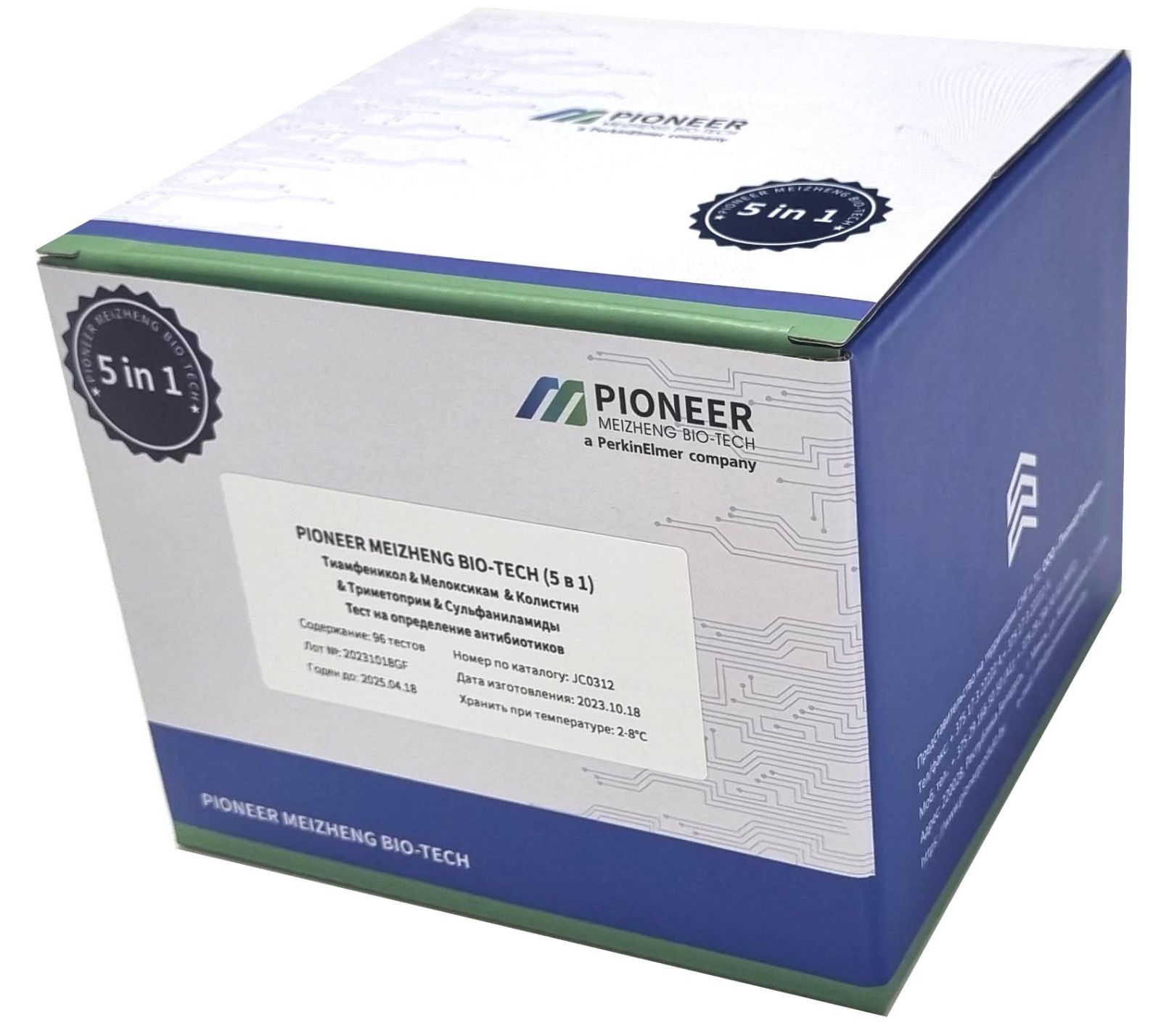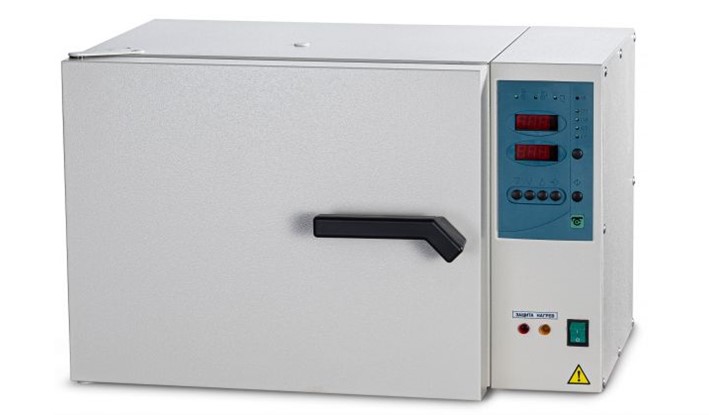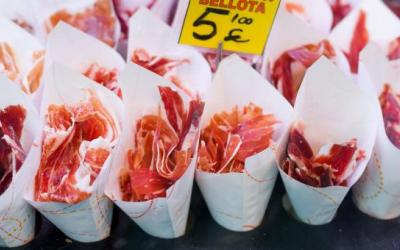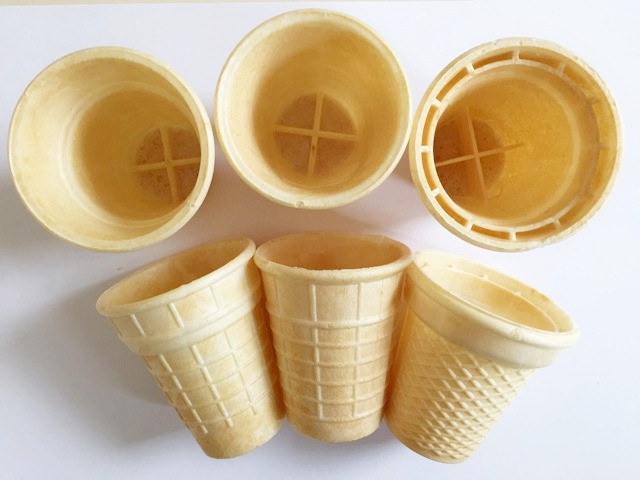Repair of sows - the experience of German breeders
Buy sows or raise sows, that is the question
Wibke Herrmann talks about how pigs can be repaired in an article.
“Young sows are an important criterion for the quality of herd management and largely determine the success or failure of a business.
The replacement rate is the proportion of replacement pigs that are brought into the herd each year to replace retired sows. This is necessary to achieve breeding progress, and there is a difference between buying and breeding offspring on the farm.
On average, the replacement rate should be about 40 percent. If the reproduction rate is too high, livestock performance and rearing results are reduced. Primiparous sows tend to produce fewer piglets with lower birth weight piglets due to their small womb size. MILK output is also less, since the glandular tissue of the mammary gland is not yet fully developed.
An excessively high proportion of new sows can also increase the risk of poor herd HEALTH. In some cases, additional costs will be required for immunological adaptation to the existing herd and ensuring their breeding maturity.
On the other hand, the lack of young animals leads to an increase in the proportion of sows with more than six litters. In particular, these sows should expect an increase in birth problems, stillbirths and loss of piglets. Thus, in each group of sows, 15 to 20 percent of the existing sows should be taken per litter cycle and replaced with young sows ready for insemination.
Whether the farm relies on its own cultivation or on purchase depends on the specific situation.
Producing your own replacement stock places high demands on herd management and expansion of space, additional care work. But for the overall health of the livestock, own repair is better, since it eliminates the risk of introducing diseases with purchased animals. In addition, sows are better adapted to the prevailing housing conditions, because they are already familiar with them during rearing, and the body has adapted to the specific microbial environment.
Depending on the breeding company and the region in Germany, the proportion of farms that rely on their own repairs varies. At the request of Agrarheute, breeding company German Genetics said: “We see big differences in production orientation in individual regions of Germany. Farms in the southern federal states, relatively small in size and do not have much free space, are mainly focused on continuous purchase. The share of companies that repair themselves is less than 20 percent.”
The breeding companies PIC, Hypor and Topigs Norsvin have a much higher proportion of client farms with their own repairs. In response to a question from Agrarheute, breeding company PIC stated that 30 to 35 percent of existing sows on customer farms are supplemented with PIC genetics through self-replacement.
At Hypor Breeding Company, 65 percent of replacement animals on customer farms come from self-reproduction and 35 percent are replenished through purchase.
At the breeding company Topigs Norsvin, about 40 percent of the clients rely on their own rearing of young stock. This proportion has remained quite stable in recent years, but there is a trend towards an increase in self-repair.
Breeding company German Genetics adds: “In other regions, especially in areas with fewer pig producers and generally larger herds, such as in eastern Germany, the proportion of farms with self-replacement is almost 100 percent. Due to the large population, they have a very good breeding focus, which makes it possible to follow the progress of the selection,” German Genetics reports to Agrarheute.
Breeding companies interviewed by agrarheute believe that self-repair may become more important in German pig farms in the future. This should be expected before as an epidemic-hygienic aspect of the prevention of African swine fever, explains the breeding company German Genetics.”



























































